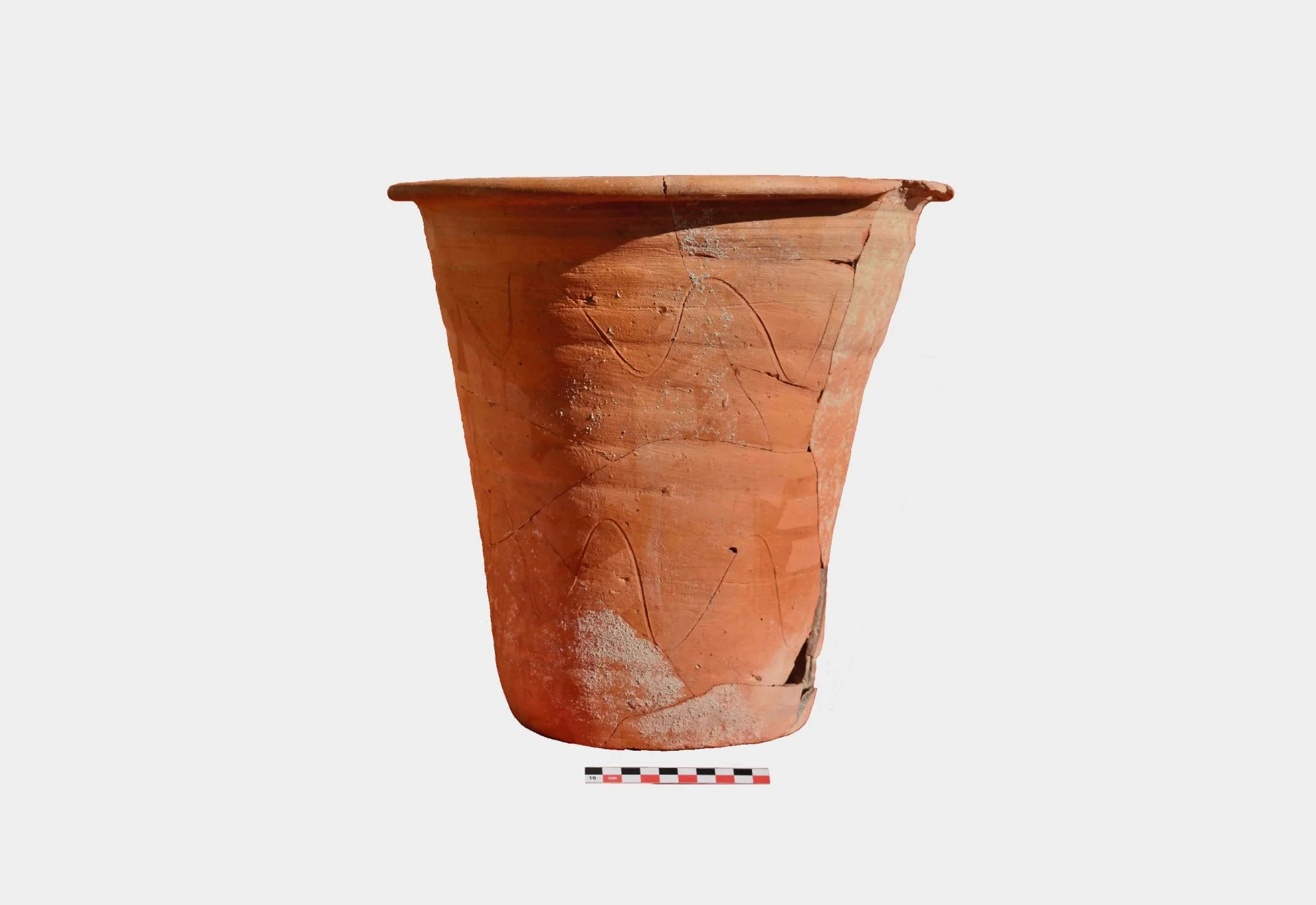In a new study published in the Journal of Archaeological Science, archaeologists have identified Roman jars that were used as chamber pots.
Researchers from the University of Cambridge analysed a layer of crusty material formed on the inside of ceramic pots, found in a Roman villa from the 5th century in Sicily.
Roger Wilson, a professor in UBC’s department of classical, Near Eastern and religious studies said: “Conical pots of this type have been recognised quite widely in the Roman Empire, and in the absence of other evidence they have often been called storage jars. The discovery of many in or near public latrines had led to a suggestion that they might have been used as chamber pots, but until now proof has been lacking.”
A microscopy study found that the crusty layer contained eggs from 1,500-year-old parasitic worms called Whipworms. Whipworms live on the lining of our intestines and lay eggs that become mixed with human faeces. These would have been deposited in the chamber pot and eventually entombed in concretions created by the minerals found in urine and faeces to the inner surface.
This technique provides a crucial tool enabling researchers to identify pots which had the special purpose of being a chamber pot, distinguishing them from those used as storage jars for food or other materials (although occasional alternative uses of such vessels have been documented).
Researchers from the University of Cambridge said: “This is the first time that parasite eggs have been identified from concretions inside a Roman ceramic vessel and confirms the Gerace pot must have been used to contain human faeces.”
Although the measurements of the Gerace chamber pot (31.8 cm high with a diameter of 34cm at the rim) indicate it could have been used for sitting on, it was more than likely used in conjunction with a wickerwork or timber chair under which the chamber pot was set.
Piers Mitchell, the parasites expert who led the study in the laboratory, says: “This pot came from the baths complex of a Roman villa. It seems likely that those visiting the baths would have used this chamber pot when they wanted to go to the toilet, as the baths lacked a built latrine of its own. Clearly, convenience was important to them.” Find out more
Header Image credit: Roger Wilson





